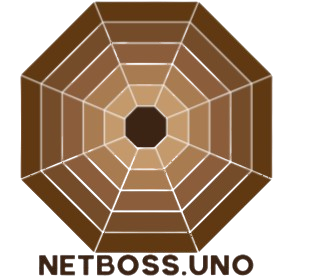Course 1: “Python Programming Basics”
Description:
This course is designed specifically for those who are taking their first steps in programming. Python is one of the most popular and universal languages used in web development, data analysis, automation, artificial intelligence, and much more. The course is based on a practical approach: a minimum of theory, a maximum of real code.
What you will learn:
Basic Python syntax: variables, operators, data types
Control structures: conditional operators and loops
Functions and modules: how to write readable and reusable code
Working with strings, lists, dictionaries
Error and exception handling
Basics of object-oriented programming (OOP)
Working with files and creating simple CLI applications
Result:
Participants will be able to write full-fledged scripts, automate tasks, work with APIs, and confidently use Python in practical tasks.
Course 2: “Full-Stack Web Development: from HTML to React”
Description:
The course covers the full stack of web development – from basic layout to building complex SPA applications. It is ideal for those who want to create modern, responsive and functional sites and web applications. The program is designed to develop skills in both frontend and backend development step by step.
What you will learn:
HTML5 and CSS3: creating adaptive and semantic layout
JavaScript (ES6+): language basics, DOM, events, functions, promises
Working with REST API and AJAX requests
Node.js and Express basics: creating backend applications
Connecting databases (MongoDB, MySQL)
React: components, state, props, hooks, routing
Building a project, deploying, setting up hosting and CI/CD
Result:
At the end of the course, you will create your own full-stack project (online store, blog, portal or application) and gain confident web developer skills.
Course 3: “Algorithms and data structures for developers”
Description:
This course is aimed at those who are already familiar with the basics of programming and want to move to the next level. Knowledge of algorithms and data structures is critical for creating efficient and reliable code, as well as preparing for technical interviews at large IT companies.
What you will learn:
Basic data structures: arrays, lists, stacks, queues, trees
Hash tables and graphs: application and implementation
Sorting algorithms: bubble, quick, merge sort
Breadth-first and depth-first search, binary search
Recursion and dynamic programming
Analysis of algorithm complexity (Big O notation)
Interview tasks and solutions
Result:
Participants will be able to solve complex algorithmic problems, optimize code and prepare for technical interviews.
